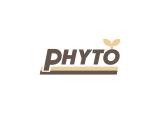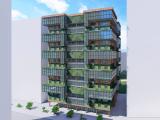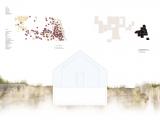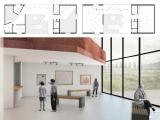
The municipality of Chongqing, China, is the most significant urban growth center in Western China. This trend is projected to continue for decades to come. As a mountain landscape, the city possesses a difficult topography making settlement strategies challenging. The city is also located at the confluence of the Jialing and Yangtze Rivers making the management of water another important challenge to development in the city. The city has designated a 56.79 hectare brownfield site as the home to a dense mixed use development as an example of both urban sustainability strategies and low impact development for other future projects. This site, located next to the Jialing River, has a significant postindustrial landscape along the river and a tributary to the Jialing snaking its way through the site.
Programmatically, the city is interested in considering new and innovative use integration. Their desire is for the design to take a holistic approach to sustainable urbanism including the integration of economic development, sustainable infrastructure systems and the difference in the use of inventory for the new built environment. Given the site, at a minimum, some reuse of the postindustrial landscape should be considered in the design. Also the storm water path should be considered for recreational activities in addition to improving water quality entering the Jialing River. Further innovations in circulation management, the integration of nature and inclusion of urban agriculture into this dense urban landscape will be important measures of success. Collectively these goals are broadly understood to be important parts of the new resilient city, as it continues to grow, regenerate and pursue a more sustainable path.
Follow the College of Architecture





